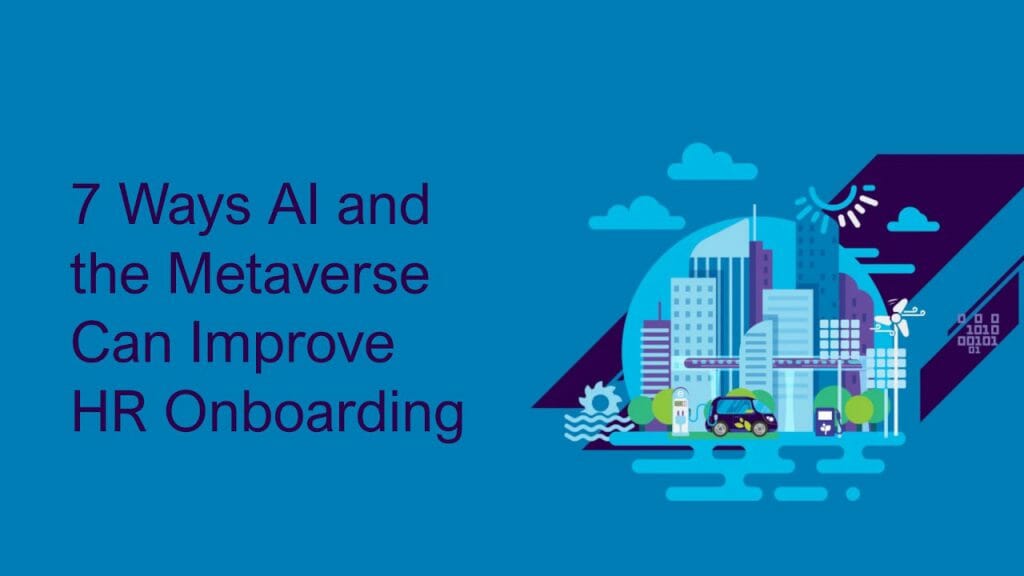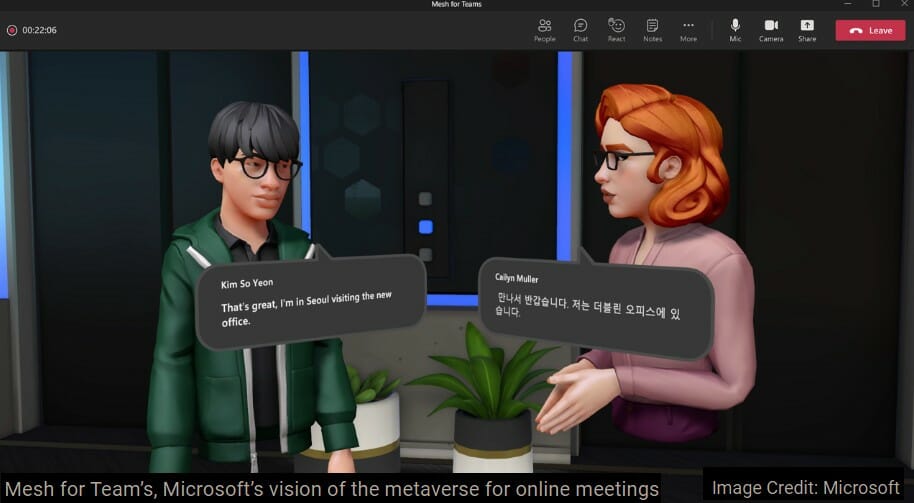
The evidence is in: AI, conversational agents, and related technologies, like the metaverse, can assist greatly with onboarding tasks. Seven real-world examples include:
Chatbots for frequently asked questions: New employees will need assistance with setting up Wi-Fi, connecting to a VPN, getting access to needed applications, etc. An onboarding chatbot – think of an HR concierge – can provide instant help to the most common onboarding requests, accelerating the journey to become productive in the new environment.
Application Access: Getting access to the right applications, team rooms and repos can be a laborious process for both the employee and the approving managers. Collaborative filtering assisted by machine learning can streamline access requests by analyzing similar roles across the organization and automatically approving low-risk requests.
Personal Networking: Knowing which members of the organization can assist a new hire is often passed along by institutional knowledge. AI-powered tools can offer suggestions for networking related to specific functional areas, support personnel, and team leads—which in turn can improve employee engagement.
Learning and Development: Identifying the right skills for improvement and career development can be streamlined using AI. Pattern recognition can map skill gaps to suggested training courses that accelerate the progression of an employee. Further, assessment analysis may lead to improved identification of high-potential individuals or future leaders.

Metaverse for Remote Workers: Networking and training can also be accomplished in virtual environments like meeting rooms or training areas. Improved collaboration for remote workers appears to be a useful facet of enterprise metaverse environments. Onboarding in these environments can be entertaining, productive, and less detached than traditional remote work configurations.
Gamification: Onboarding can also be gamified by offering virtual rewards for completing various onboarding tasks. AI can complement the gamification process by personalizing and customizing the onboarding checklist for the individual employee.
Feedback analysis: NLP (natural language processing) and sentiment analysis can pinpoint challenges in the onboarding process by soliciting feedback and automatically analyzing areas of improvement.
That said, there are challenges to overcome. AI is not a cure-all that can address every issue in the onboarding process. Before utilizing AI for HR and onboarding purposes, companies must address algorithmic bias and analyze the output of AI/ML models to ensure that anomalies showing bias are not impacting specific groups. Moreover, organizations should also address security and privacy concerns to ensure that personal data is obfuscated, tokenized, or similarly masked to avoid leakage of sensitive information.
In short, AI holds significant promise for the HR onboarding process—when implemented correctly. Both organizations and individuals will likely see benefits from AI-powered tools that improve onboarding velocity, quality, and continuous feedback.
A more energized and engaged workforce can be the direct result.

 English | EN
English | EN 